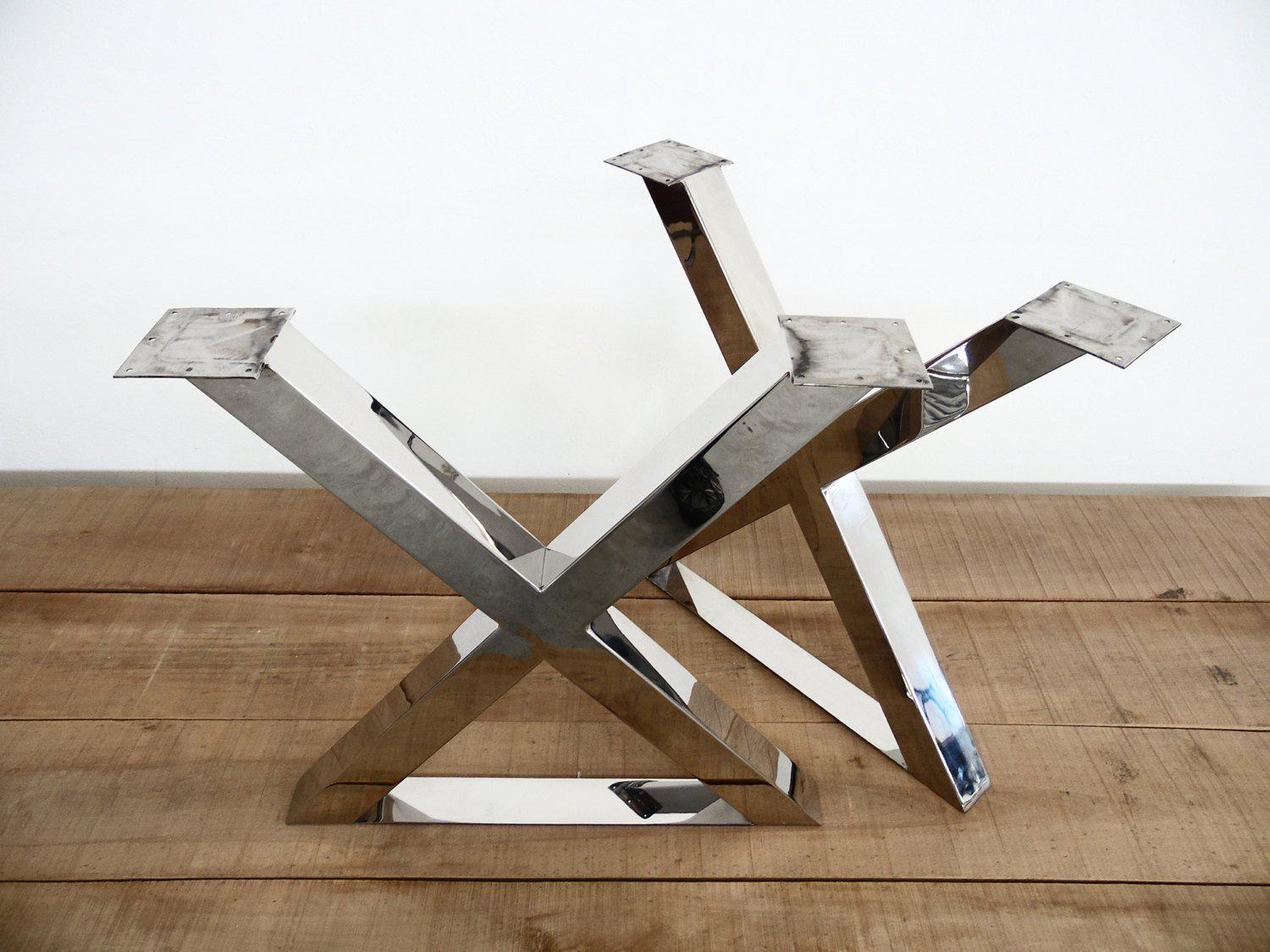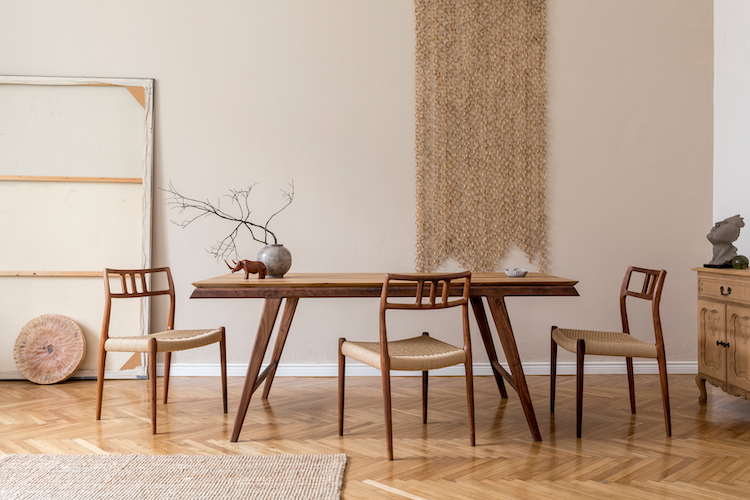Dining Room Table Legs: A Guide to Selecting the Right Style for Your Home
Dining Room Table Legs: A Guide to Selecting the Right Style for Your Home
Blog Article
From Typical to Modern: Discover the Ideal Dining-room Table Legs for Your Style
While classic styles such as cabriole and turned legs evoke a feeling of classic elegance, modern styles like barrette and geometric alternatives present a chance for striking aesthetic rate of interest. As you think about these components, the question stays: just how can you flawlessly incorporate these diverse leg styles to create an unified eating experience?
Recognizing Table Leg Styles
The selection of eating space table leg styles can significantly influence both the looks and capability of the room. Each leg design adds unique aesthetic aspects and functional functions, satisfying diverse style preferences and usage requirements. Comprehending these styles is important for picking the right table that straightens with your general interior design vision.
For example, conical legs supply a tidy, traditional appearance that can boost a space's beauty, while pedestal bases give stability and optimize legroom, making them perfect for smaller rooms. Barrette legs, a characteristic of mid-century modern-day layout, present an industrial panache, permitting a ventilated, open feel. Similarly, trestle legs stimulate rustic beauty, giving durable support and a feeling of timelessness.
Moreover, the option of materials plays a substantial function. Wooden legs can bring warmth and texture, whereas metal choices usually communicate a smooth, modern ambiance. Inevitably, understanding table leg designs is essential for producing a cohesive eating area that reflects personal style while making certain practicality and convenience. By attentively thinking about these elements, you can boost both the visual and practical allure of your dining area.
Conventional Table Leg Options
When choosing dining-room table legs, standard options often embody timeless sophistication and craftsmanship. These designs reflect an abundant heritage and a commitment to high quality, making them optimal for those that appreciate timeless aesthetic appeals.
One of the most legendary traditional leg styles is the cabriole leg, characterized by its graceful rounded shape. This layout commonly includes ornamental makings and is most generally located in Queen Anne and Chippendale furnishings. Another popular option is the transformed leg, which flaunts a collection of smooth, rounded shapes that supply a classic appearance while keeping security.
Furthermore, the straight leg, while simple, provides a durable and unadorned framework that can blend effortlessly with a range of tabletop designs. For those drawn to ornate outlining, claw-and-ball feet legs evoke a feeling of majesty and can serve as a stunning prime focus in any kind of eating room.
Finally, stand bases, although not purely legs, supply an alternate traditional alternative that enables enough legroom and can be beautifully carved. Each of these traditional leg styles adds to the total ambiance of a dining area, marrying feature with visual appeal.

Modern Table Leg Layouts
Modern table leg designs offer a varied variety of styles that emphasize innovative materials and clean lines. These styles commonly focus on capability while functioning as striking centerpieces within an eating room. Minimal visual appeals prevail, with legs crafted from products such as steel, glass, and crafted wood, which add to a ventilated and contemporary feel.
One popular layout is the hairpin leg, identified by its slim, tapered structure that provides stability without frustrating the table top (dining room table legs). This design is frequently discovered in mid-century contemporary furniture and can easily enhance different dining table shapes. One more trend is using geometric shapes, where legs might handle unbalanced or angular types, adding aesthetic rate of interest and a touch of virtuosity

Mixing Designs for One-of-a-kind Spaces
Commonly, property owners seek to develop distinct dining rooms that mirror their personal style by blending different layout components. This strategy enables for the incorporation of diverse aesthetic appeals, resulting in a harmonious yet distinctive atmosphere. As an example, coupling a rustic wood table with smooth, contemporary steel legs can produce an appealing contrast that boosts the area's general appeal.
Additionally, incorporating vintage table legs with contemporary tabletops can evoke a sense of history while maintaining that site a modern-day sensibility. Such mixes not only display specific taste but likewise urge creativity, enabling property owners to curate a space that feels both individual and inviting.
Shade plays a critical duty in this blending process; choosing table legs that complement or contrast with the existing color design can enhance aesthetic rate of interest. Whitewashed legs can soften the daring of a dark table surface area, creating a balanced visual.
Tips for Choosing the Right Legs
Picking the right table legs is vital for accomplishing both capability and aesthetic allure in your eating space. Begin by thinking about the total style of your space. Traditional setups gain from legs that feature detailed carvings or turned layouts, while modern spaces may require sleek, minimalist designs.
Following, assess the height and security of the legs. dining room table legs. Conventional dining tables range between 28 to 30 inches in height, so make certain the legs enhance this dimension for comfort. Furthermore, durable materials, such as hardwood or steel, can boost security and longevity
Evaluate the leg form as well-- options include right, tapered, or pedestal styles. Straight legs offer a classic look, while conical legs can include a touch of beauty. Pedestal bases supply adequate legroom and are optimal for smaller rooms.
Conclusion
In summary, choosing the optimal dining-room table legs requires careful consideration of both modern and conventional designs. Traditional alternatives such as cabriole and transformed legs supply timeless sophistication, while modern styles like hairpin and geometric forms provide a contemporary touch. By balancing leg design, elevation, and material with the total décor, a natural and welcoming atmosphere can be accomplished. Eventually, the chosen table legs ought to show the wanted visual, enhancing the eating experience within the room.
The range of eating room table leg styles can dramatically influence both the aesthetic appeals and capability of the area. Eventually, understanding table leg styles is necessary for producing a cohesive dining area that mirrors go to this site personal design while ensuring practicality and convenience.One of the most famous conventional leg designs is the cabriole leg, identified by its stylish bent form. Straight legs offer a traditional look, while conical legs can include a touch of style.In recap, selecting the ideal dining room table legs needs mindful consideration of both contemporary and typical designs.
Report this page